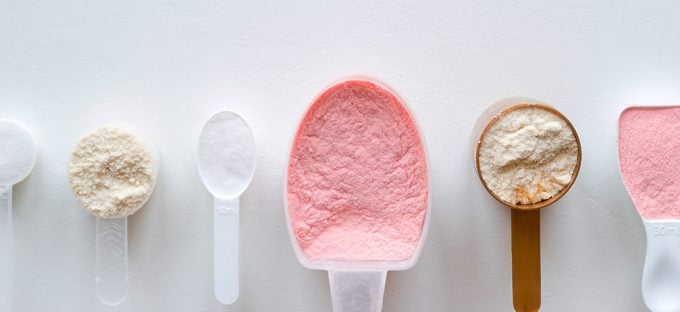How Meal Replacements May Play a Role in Managing your Body Weight

Taking a stroll down to your local grocer’s shop, you’ll possibly be familiar with some of the protein shake items that line the racks. Thanks to the abrupt rise of diet fashions in the ’90s, most of these have become a pillar, in addition to the several new extras over the years.
Certainly, the investigation shows that meal replacements can be a secure and effective weight control plan, and their use is linked with permanent success. Provided that weight regain subsequently weight loss is equitably common, meal replacements are believed by dieters as a coherent and effective way to control a reduction in caloric consumption and reverse weight gain.
Initially, be suggested that although they are frequently used conversely, “meal replacements” and “protein shakes” are not the similar and that, like other commercial goods, these are not all built up similar. Meal replacements are commonly formulated to comprise of a specific number of calories per serving and offer “good” or “excellent” levels of 20+ vitamins and minerals. Essentially, they are calculated meal replacements because they are nutritionally balanced, comprise of a specific level of calories, and consequently can replace meals. They may or may not comprise of fiber but always adds up protein, carbohydrate, and some fat, although amounts will differ by product. On the other hand, protein shakes actually contain high amounts of protein but have a more narrow vitamin and mineral profile contrasted to meal replacements.
Alongside other lifestyle behaviors, meal replacement use is excerpted as a factor in both long-term weight loss and maintenance. You may have perceived about very low-calorie diets (VLCD), which are usually suggested to patients before they experience metabolic and bariatric surgery but may also be utilized by people under medical charge when the goal is to lose weight faster. Restricted to 800 calories per day, such individuals have 4-5 meal replacement products on regular basis for a period of time under the advice of a physician. Keep in mind that although this is a calorie-limited diet, individuals will still be able to meet their vitamin and mineral requirements through the meal replacement.
Yet another outline where meal replacements are pragmatic during a transition diet stage. Within this framework of reference, individuals use meal replacements bit differently; maybe they are transitioning off of a VLCD to a low-calorie diet (LCD). In this kind of a condition, a person may have chiefly meal replacements (2-3) with one meal on daily basis. As the transition moves on, and the number of healthy meals enhances, the number of meal replacements had drops to one or two on regular basis. This is perfect during maintenance given meal replacements’ maintained calorie and nutrient content and simplicity of conformity. No matter the context, meal replacements are both suitable and effective.
Whether the aim is weight loss, weight management, or weight maintenance, the kind of product chosen values! Protein shakes and meal replacements offer with extra calories and an unsuitable macronutrient ratio can be a perfect way to get off beam. However, meal replacements that are particularly formulated to convey an accurate macronutrient ratio make all the difference.







